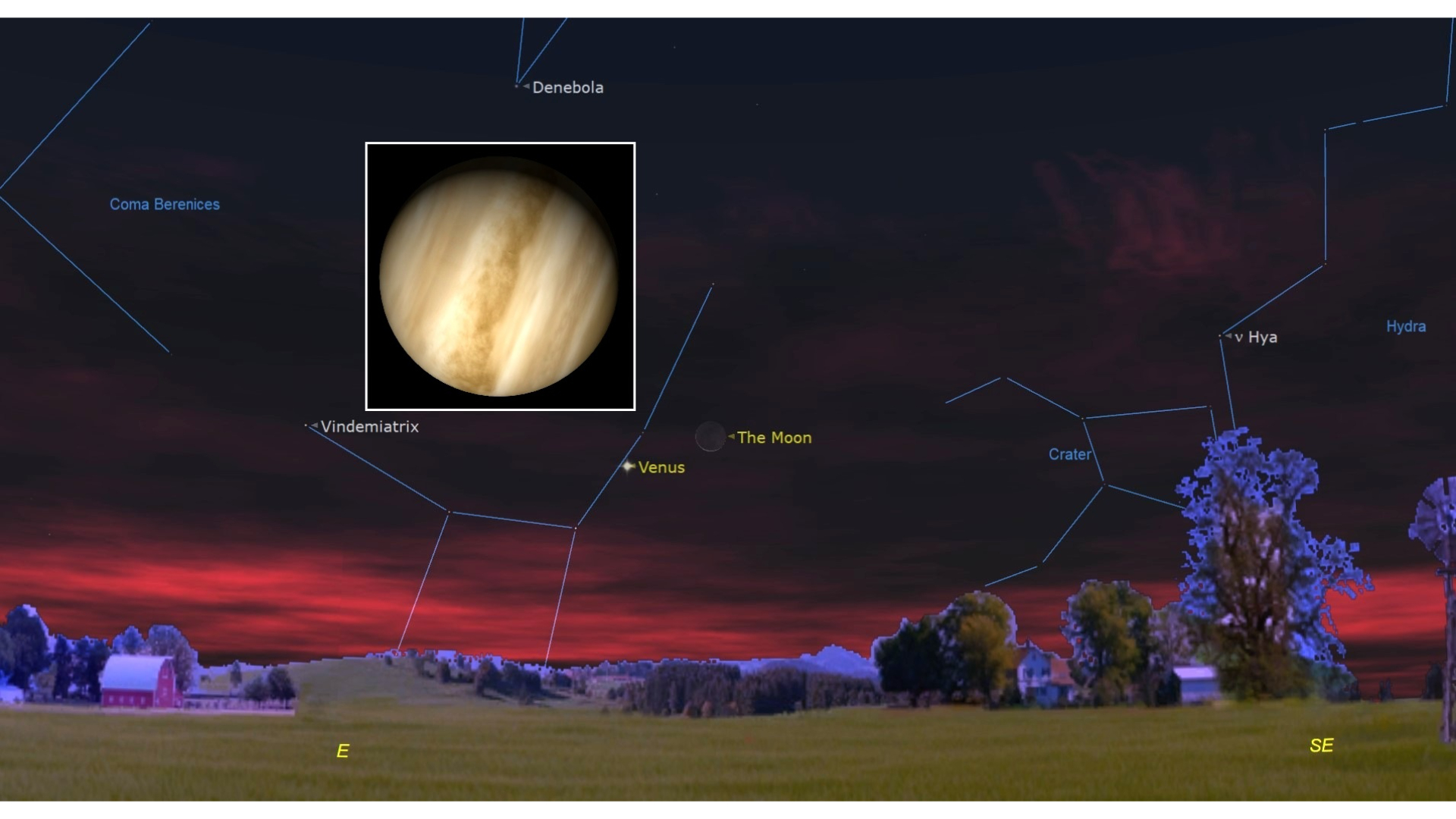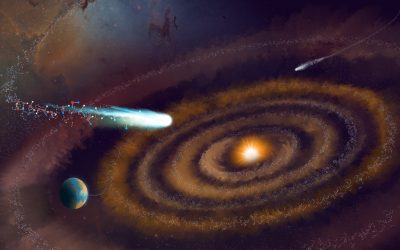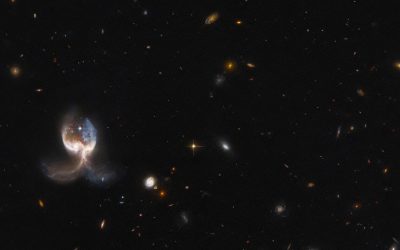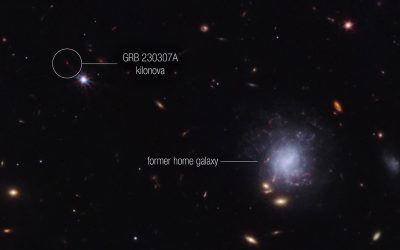Early risers on Sunday morning should look to the dawn sky for a prominent celestial alignment: the brilliant planet Venus will make a striking close approach to a slender crescent moon. This highly anticipated pairing is set to be the morning’s premier astronomical event.
Early risers with a clear view of the eastern horizon approximately 60 to 75 minutes before dawn can witness a captivating celestial pairing. Observers will easily spot a slender, 4 percent illuminated crescent moon. Appearing just four degrees to its left, the brilliant planet Venus will shine intensely alongside it.
This breathtaking alignment, however, is merely an illusion created by our earthly perspective. While the Moon, Earth’s closest celestial companion, orbits approximately 247,000 miles (398,000 km) away, Venus is dramatically more distant, situated nearly 600 times further at 147 million miles (236 million km).
For sky-watchers, October presents a critical, fleeting opportunity to observe Venus clearly against a sufficiently dark sky. After this month, the dazzling planet will effectively vanish from view by December, not making a prominent return until next April.
Currently, Venus shines spectacularly at magnitude -3.9, making it, after the Sun and Moon, the brightest object in our sky. However, despite its captivating brilliance to the naked eye, telescopic observers often find Venus a letdown. Through an eyepiece, it presents little more than a tiny, almost-full, and largely featureless disk, offering limited visual interest.
This diminishing viewing window is due to Venus’s ongoing descent towards the eastern horizon. From our Earthly vantage point, the planet is steadily moving behind the sun, causing its daily dip closer to the sunrise glow.

Early risers this Sunday morning will be treated to a captivating pre-dawn spectacle: a widely spaced, yet eye-catching, conjunction of the Moon and Venus, the night sky’s two most brilliant natural objects. While today’s busy observers might offer only a cursory glance, a similar cosmic alignment would have undoubtedly stirred profound awe and held deep significance for ancient civilizations.
For ancient sky-watchers, the celestial canvas offered a profound distinction: while countless stars remained steadfastly fixed in their positions, a select few—radiant and star-like—demonstrated the remarkable ability to journey across the heavens. This independent motion, a striking departure from the static backdrop, likely imbued these ‘wandering stars’ with an almost supernatural mystique, suggesting a connection to divine power. Compelling evidence for this revered status is etched into the very fabric of language, as the planets’ enduring names—borrowed from the powerful deities of ancient Roman and Greek mythology—continue to echo their ancient association with the gods.
For millennia, ancient civilizations, observing the celestial ballet of the moon and planets, likely deduced that such movements held profound significance, serving as a cosmic blueprint for destiny. This early form of celestial interpretation, they believed, offered crucial insights into the fates of humanity.
Remarkably, this conviction endures into the modern era. Many newspapers today continue to feature horoscopes, a testament to a deeply held belief that the shifting positions of the sun, moon, and planets can indeed profoundly influence the destinies of both individuals and nations across the globe.

Despite the visual allure of a moon-Venus rendezvous, there is no scientific basis to suggest such a celestial event holds any influence over human affairs. Furthermore, astrological predictions—whether based on planetary alignments or any other cosmic configuration—lack the ability to forecast specific earthly events, be they beneficial or detrimental.
Regardless of previous considerations, the matter undoubtedly warrants closer inspection.
Joe Rao is a prominent figure in astronomy education and communication, serving as both an instructor and guest lecturer at New York’s renowned Hayden Planetarium. Beyond his teaching roles, he is a prolific writer whose astronomical insights frequently appear in publications such as *Natural History* magazine, *Sky & Telescope*, and various other respected outlets.







